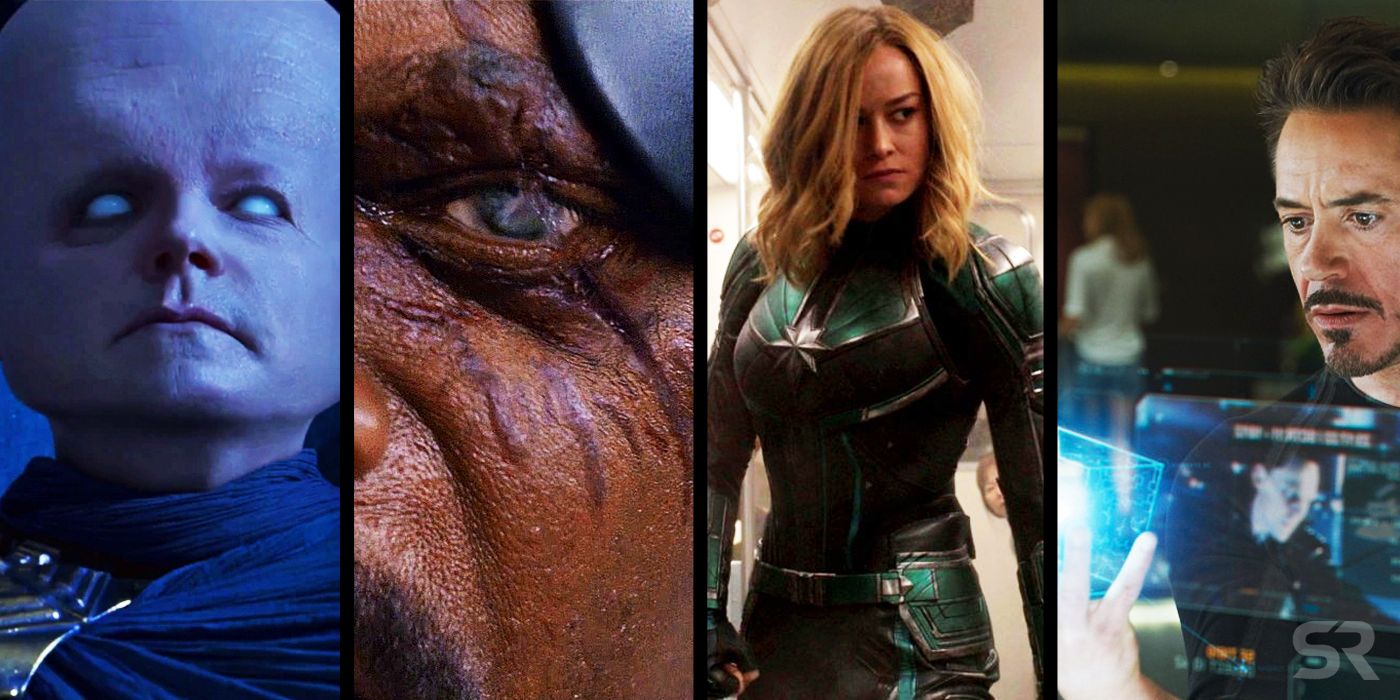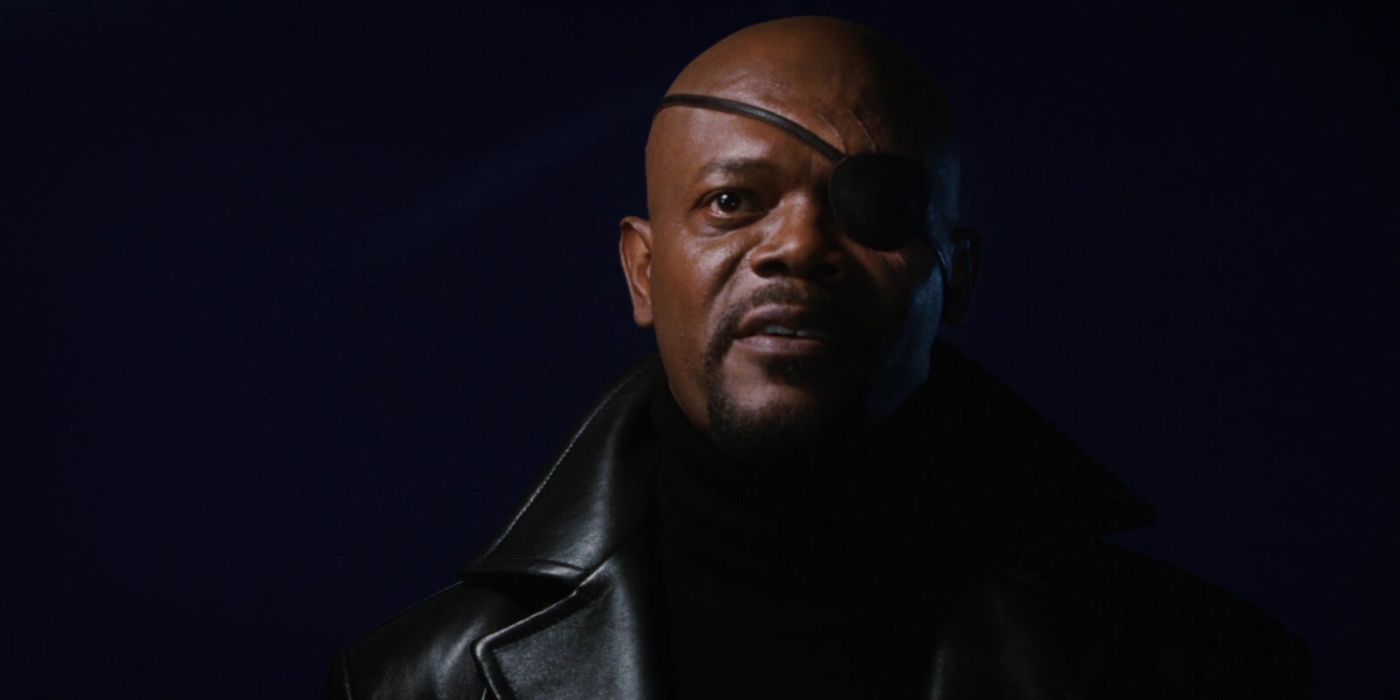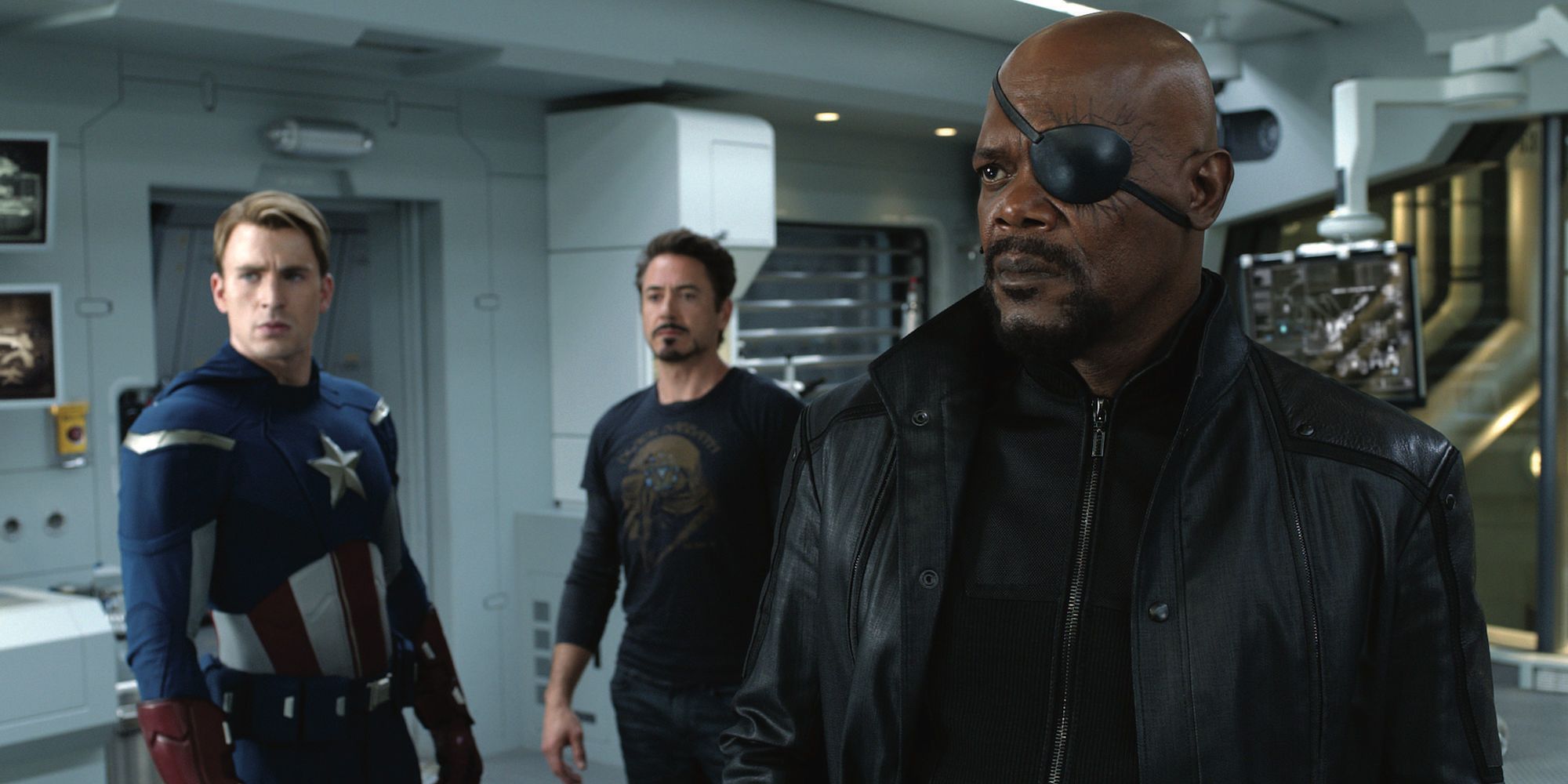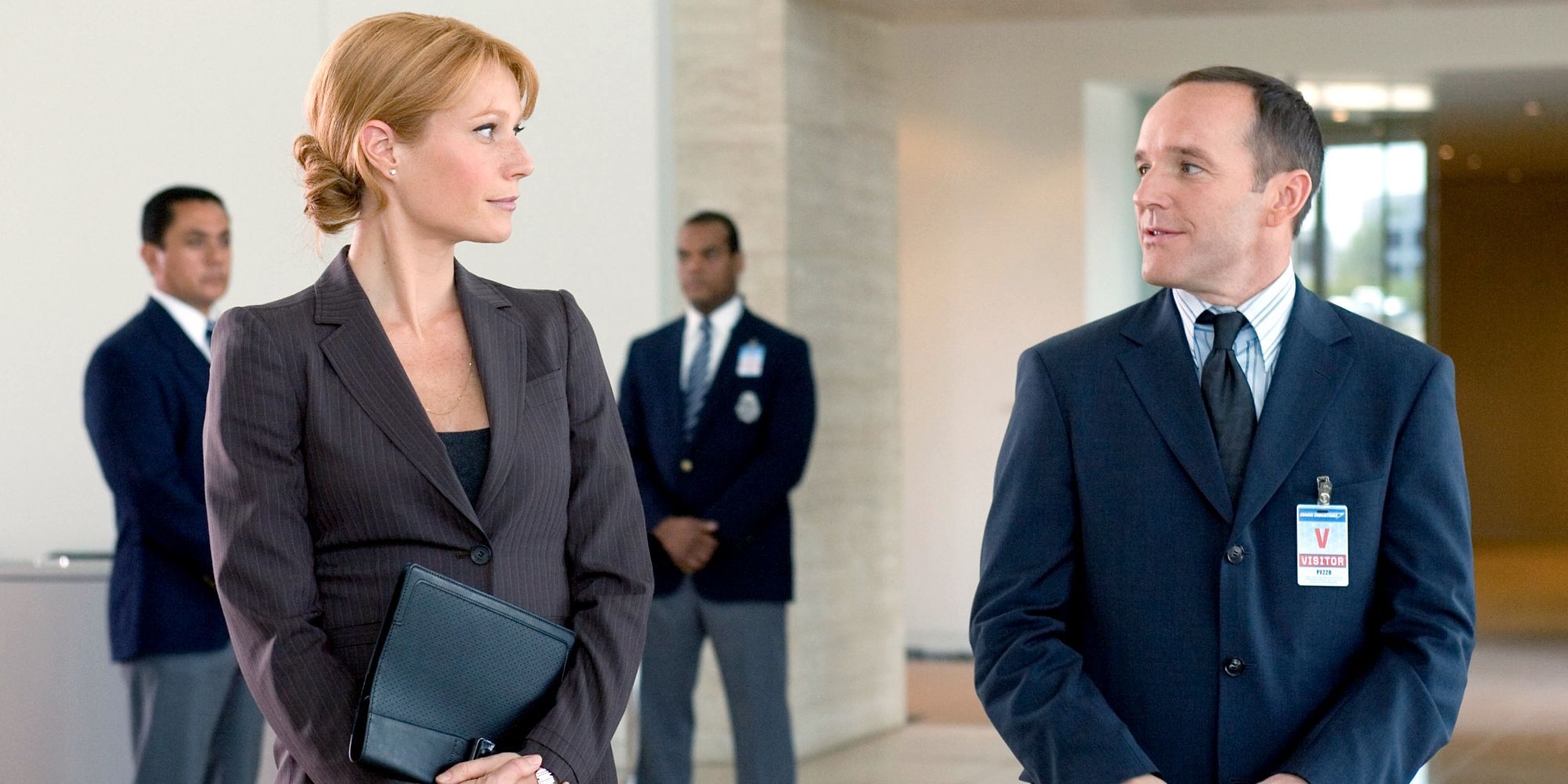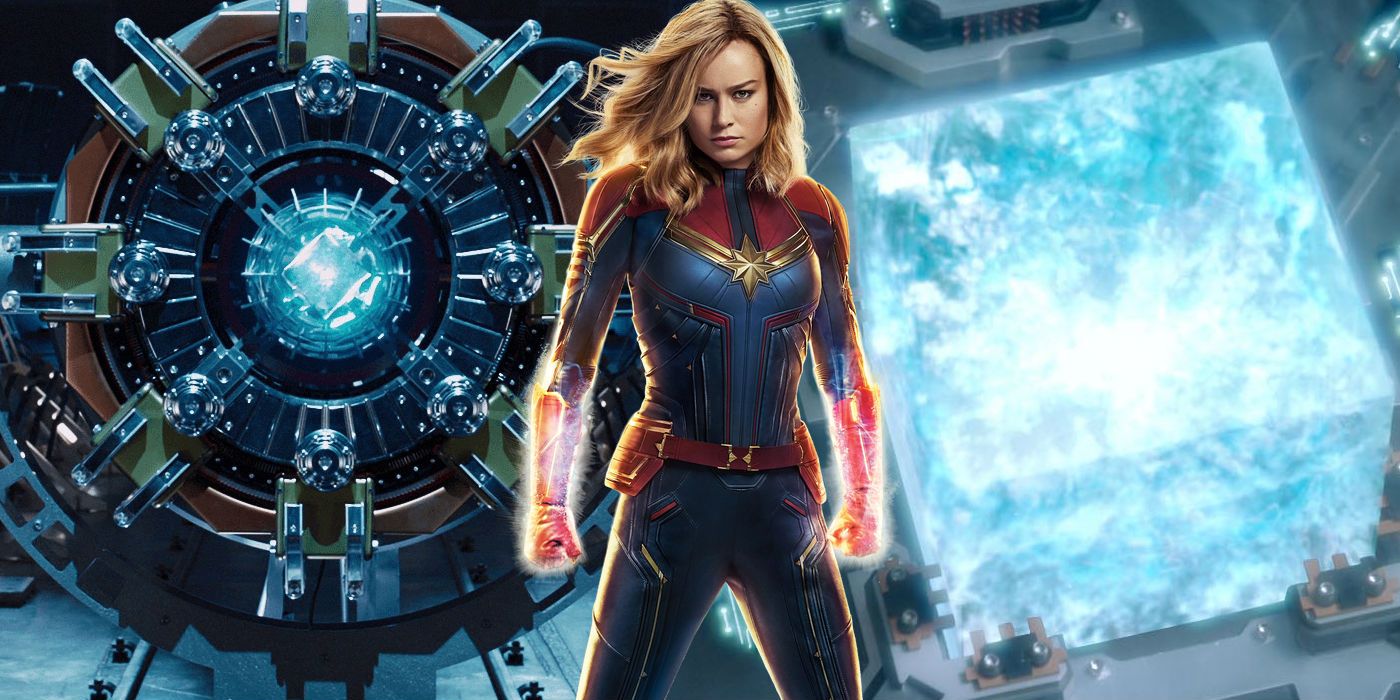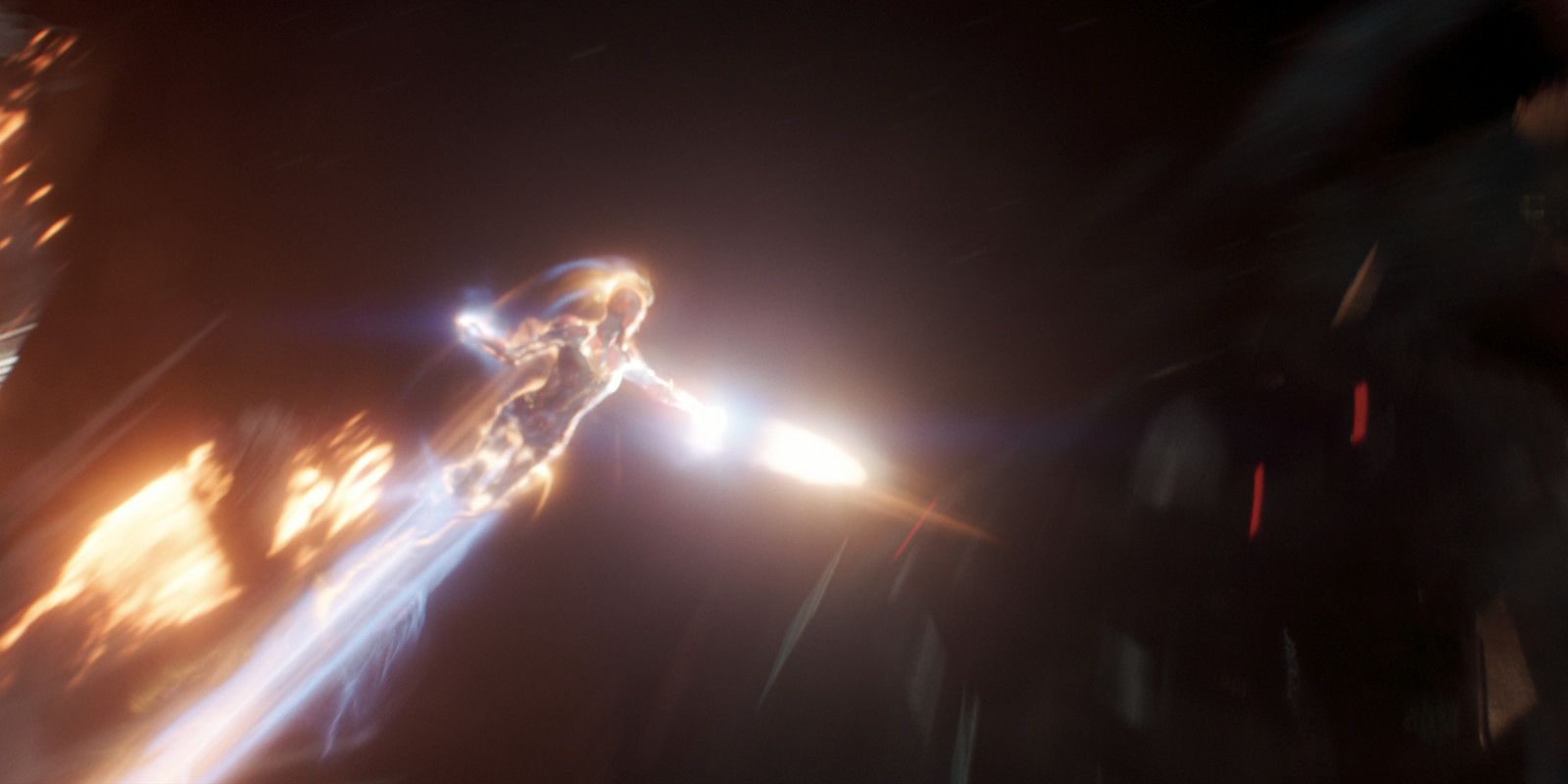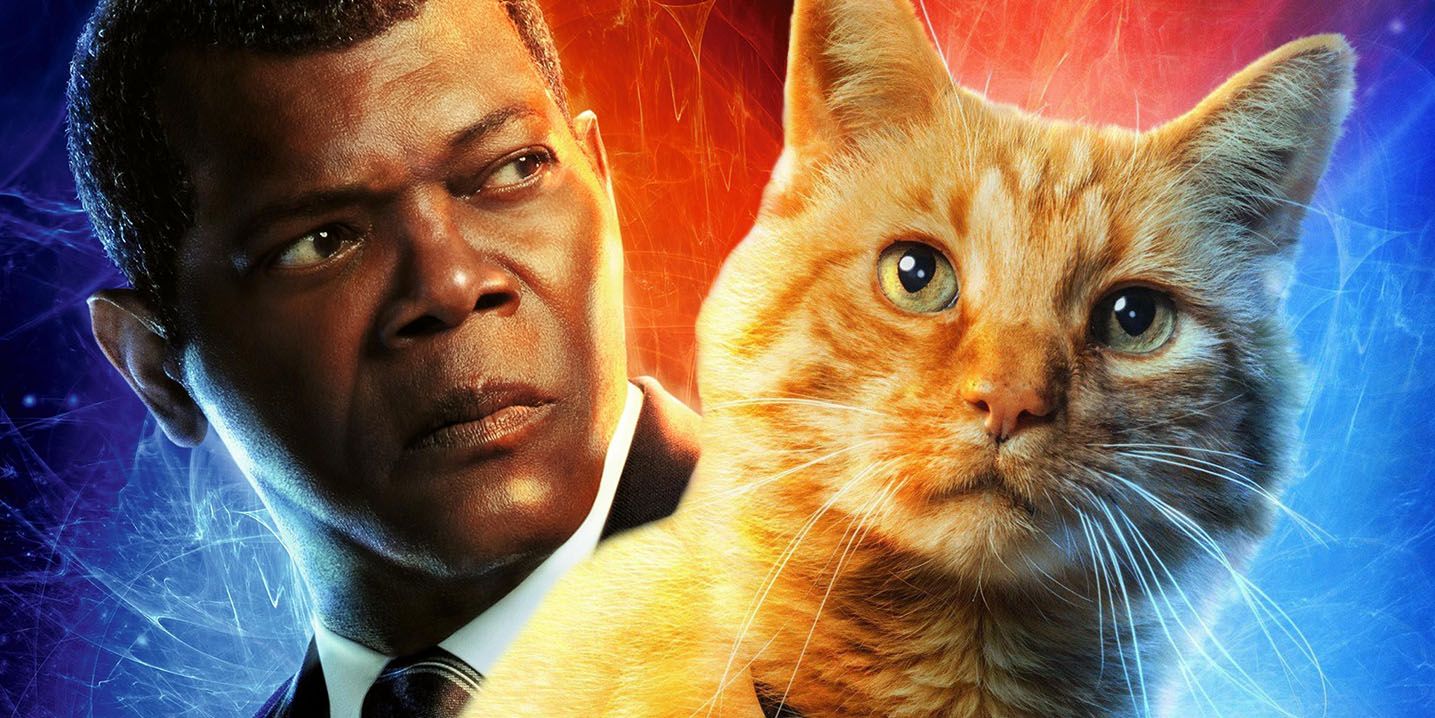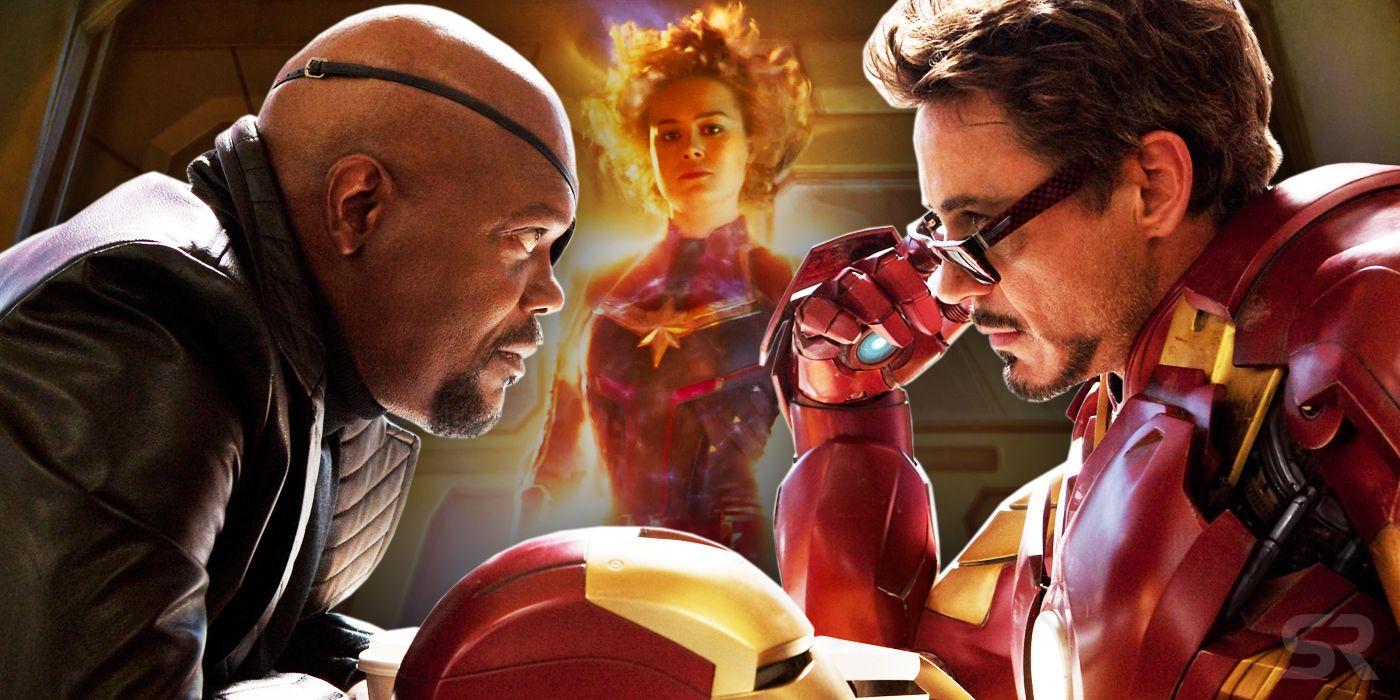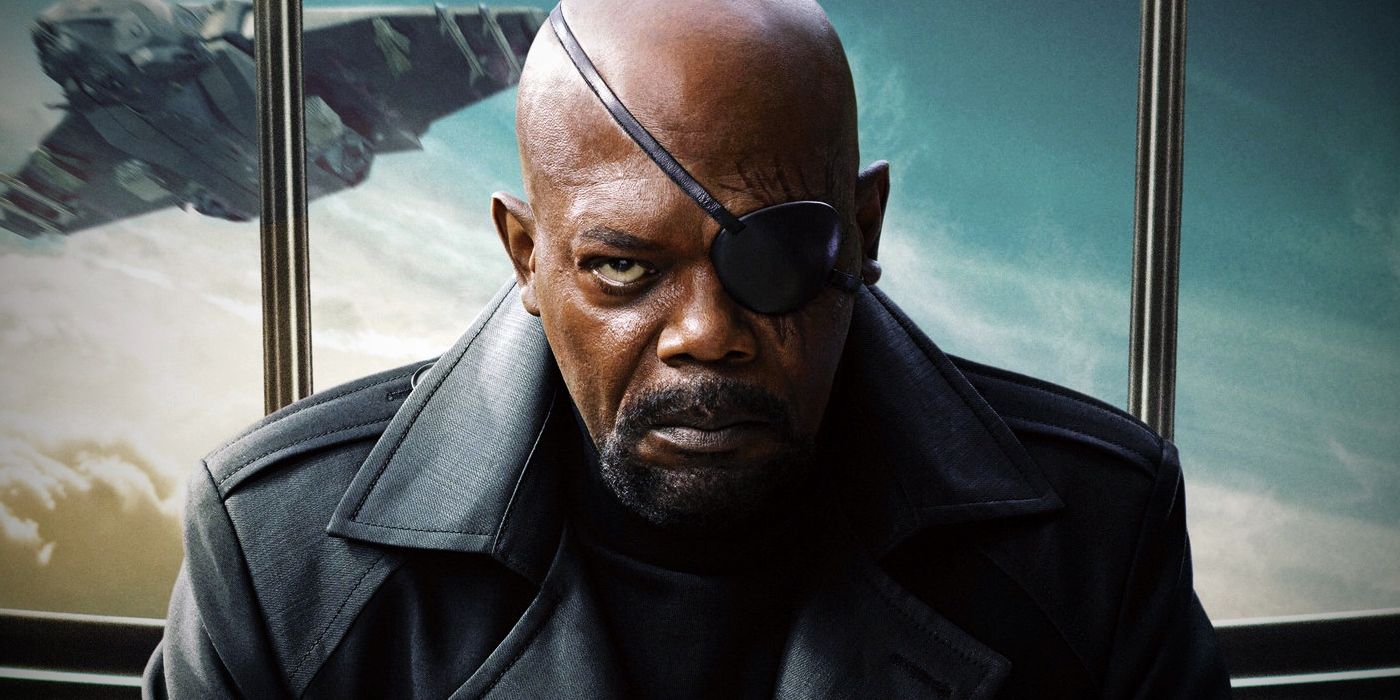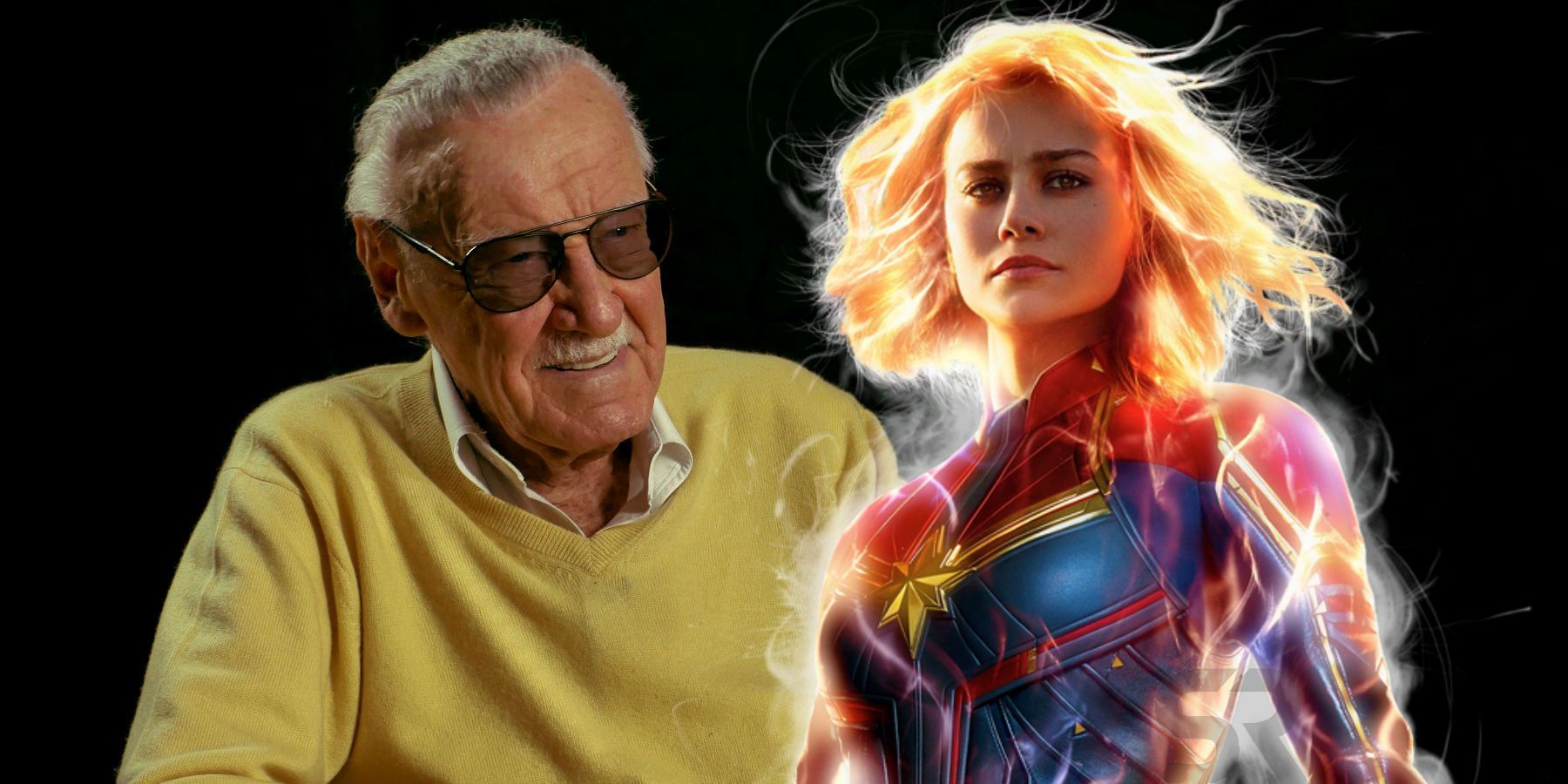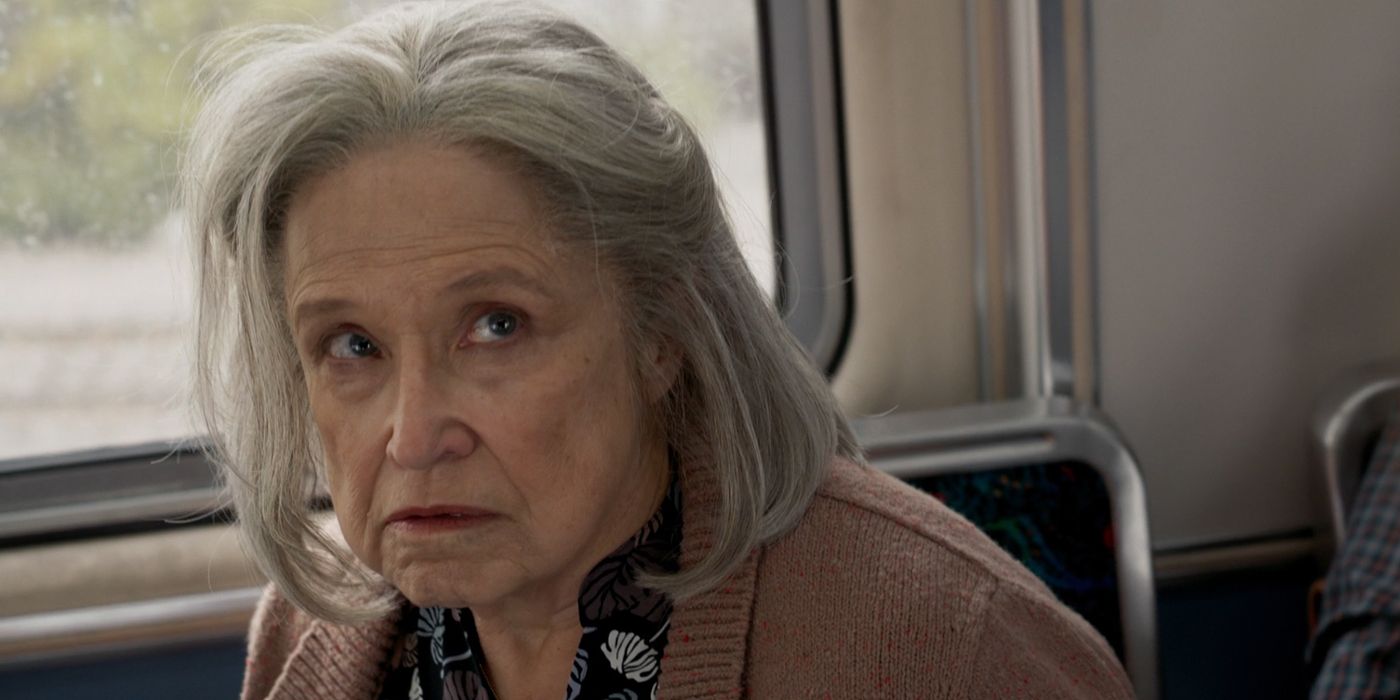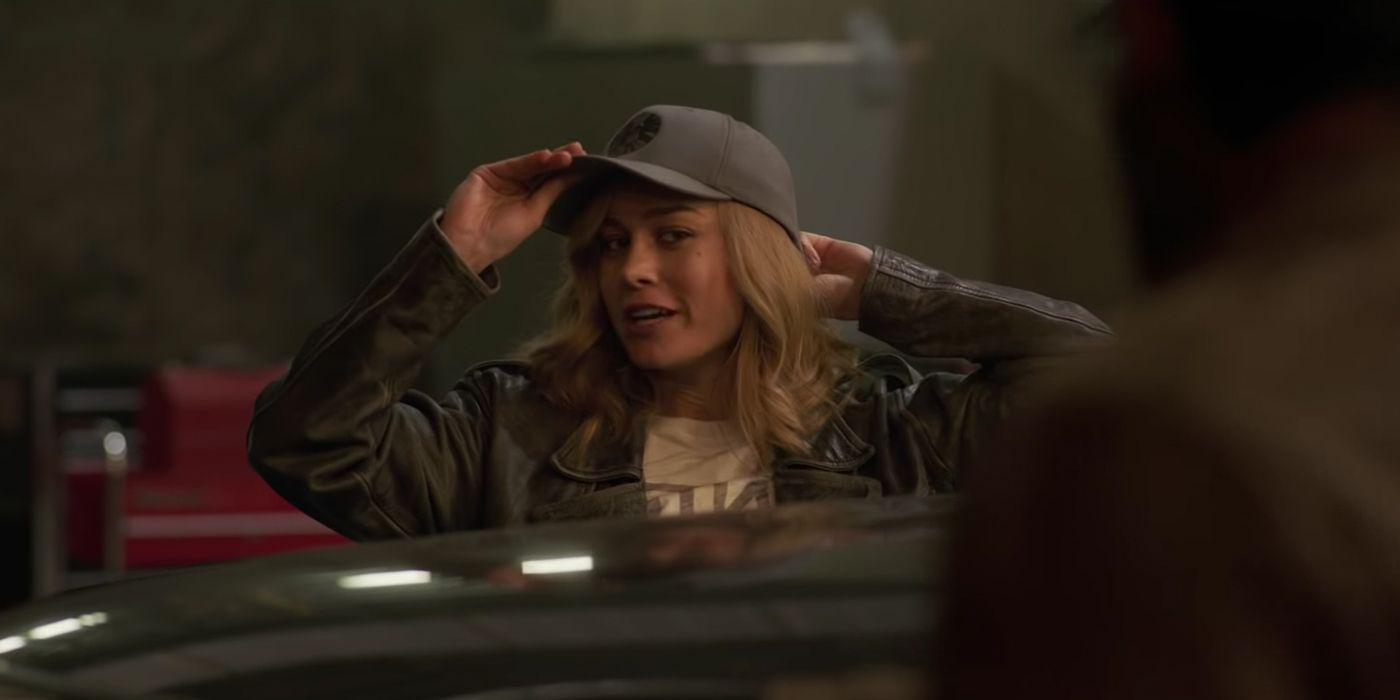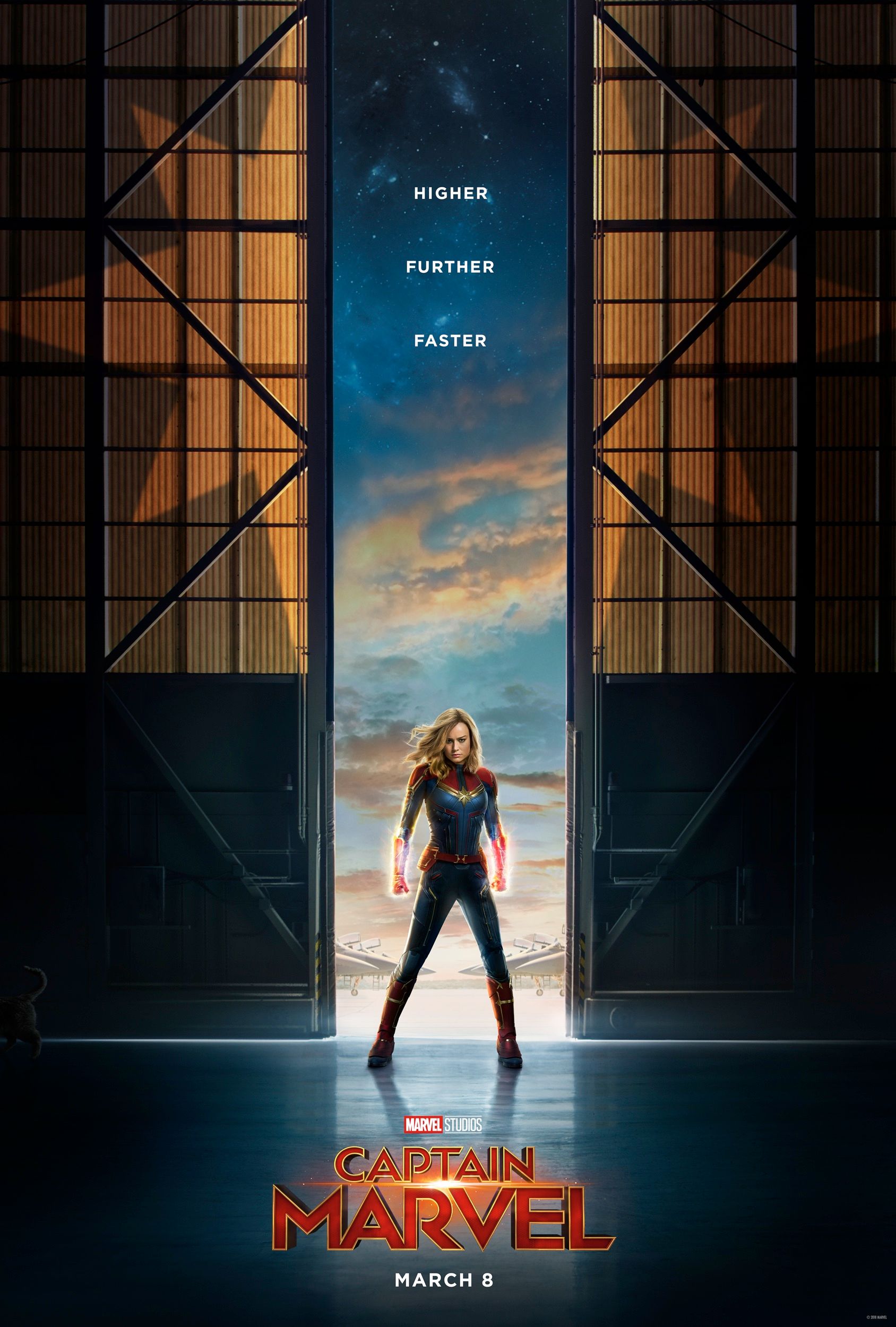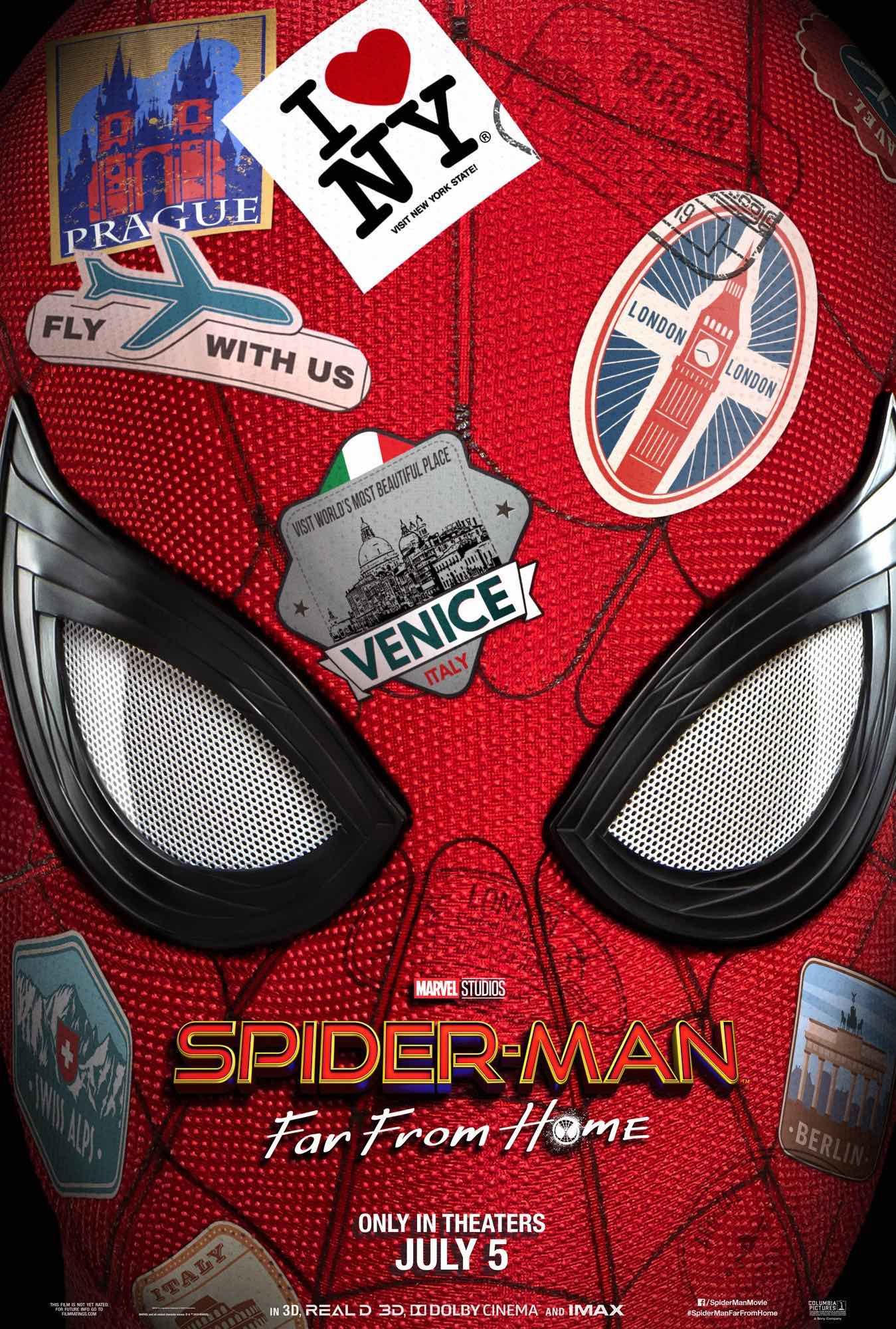WARNING: Spoilers for Captain Marvel.
As a prequel to the entire MCU, Captain Marvel inevitably creates a few MCU plot holes (and has many more retcons besides). Set in 1995, it features a never-before-seen adventure of the young Nicholas Joseph Fury, and even has cameos from Clark Gregg's Agent Coulson as well as Guardians of the Galaxy's villains. But it also introduces a brand new superhero into the history of the MCU, Captain Marvel, who's undoubtedly the most powerful superhero in the shared universe to date.
The problem, of course, is that any retcon has the potential to cause continuity problems. The more complex the continuity, the more likely there will be issues; and the MCU canon is decidedly complex, given it counts another 20 films and an ever-expanding slate of TV shows. In general, Captain Marvel's sense of continuity is remarkable; the film even incorporates the wider MCU, acknowledging Fury's backstory from a Phase 1 tie-in comic, and it goes to great lengths to avoid contradicting anything from Marvel's Agents of S.H.I.E.L.D.
Related: Every MCU Connection In Captain Marvel
However, even Captain Marvel has its weaknesses. Let's take a look at the film's biggest retcons, and also explore whether or not it creates any insoluble plot holes in the MCU.
- This Page: Captain Marvel's Major S.H.I.E.L.D. Retcons
- Page 2: Captain Marvel's Major Cosmic Retcons
- Page 3: Captain Marvel's MCU Plot Holes
- Page 4: Captain Marvel's Own Movie Plot Holes
Why Nick Fury Started The Avenger Initiative
The biggest Captain Marvel retcon of all is the reason Nick Fury formed the Avengers in the first place. The concept of the Avengers Initiative was introduced in the post-credits scene of Iron Man, with Nick Fury stepping out of the shadows to talk about it with Tony Stark. Over the course of Phase 1, it was gradually revealed that this was Fury's ultimate plan, to gather together a team of remarkable people who could fight the battles nobody else could alone. Over the course of The Avengers, Fury showed a remarkable amount of faith in the team, even in the wake of Loki's Helicarrier attack.
Captain Marvel reveals that Nick Fury got the idea for the Avengers Initiative all the way back in 1995, when he learned there were greater powers out there; alien races with advanced technology beyond anything even S.H.I.E.L.D. could muster. He correctly deduced that, if the universe has one superhero, it will have others, and that the best approach would be to gather them together.
It's a sensible retcon, slotting into pre-established MCU canon, although does raise the awkward question of why it took Nick Fury so long to put together the Avengers Initiative. He was initially proposing it back in 1995, but doesn't seem to have gotten to work on it until 2008; why did it take him a decade? Tie-in comics may offer a possible solution, suggesting that the World Security Council didn't really believe in the idea, and so Fury wound up locked in bureaucracy for years.
Related: Captain Marvel’s Ending Explained
Where The Avengers Name Came From
But just why did Nick Fury choose to call his team "The Avengers?" The title has been regarded as something of a misnomer; until now, they've been designed as a first-response unit to deal with impending crises, and until their failure in Avengers: Infinity War, they've had nothing to avenge in the first place. Tony Stark may have adopted the language, saying the newly formed group would "avenge" Loki's attack, but in terms of inspiration, it's long seemed Fury simply liked the name.
Captain Marvel reveals that Nick Fury was in fact inspired by Carol Danvers herself; he was originally planning to call his proposal "The Protector Initiative," but changed it in honor of Danvers' "Avenger" callsign. This means that, in a way, Fury did simply like the name, although there was considerably more personal weight behind it. Again, this particular retcon makes a fair bit of sense, establishing a neat narrative throughline between Captain Marvel and The Avengers. At the same time, it does feel a little too on-the-nose and was frankly unnecessary.
S.H.I.E.L.D.'s Name Has Been Used For Decades
In Iron Man, Agent Coulson introduced himself to Pepper Potts as an agent of the "Strategic Homeland Intervention, Enforcement and Logistics Division." A bemused Pepper told Coulson that was quite a mouthful, and he gave a memorable response; "I know. We're working on it." By the end of the film, the problem was solved: "Just call us S.H.I.E.L.D." Coulson told Pepper at the end. It seemed that this was something of an origin for the organization. But Captain Marvel sees Nick Fury introduces himself as an agent of S.H.I.E.L.D. over a decade earlier, contradicting the very first MCU film.
In truth, though, Marvel had long since decided to ignore that particular line of dialogue from Iron Man. Arnim Zola claimed he was recruited by S.H.I.E.L.D. in the 1940s in Captain America: The Winter Soldier, while Hank Pym uses the acronym when referring to his pre-Iron Man time with the division in Ant-Man. This spills over into TV too, with Agent Carter and Agents of S.H.I.E.L.D. using the name in events set before the 2000s. Captain Marvel simply carries on the tradition.
Related: Our Biggest Unanswered Questions After Captain Marvel
Page 2 of 4: Captain Marvel's Major Cosmic Retcons
The Tesseract's Location In The 1990s
Captain Marvel adds a new layer of complexity to the story of the Tesseract. As far as anybody knew, the Cosmic Cube was recovered by Howard Stark sometime after the events of Captain America: The First Avenger and was studied by Project P.E.G.A.S.U.S. (a project first teased in Iron Man 2), which is where Loki teleported in at the start of The Avengers.
As revealed in Captain Marvel, by 1989 a rogue Kree infiltrator - Mar-Vell - had taken charge of P.E.G.A.S.U.S.' work on the Tesseract, and was using the Space Stone energy to even develop a faster-than-light engine. She eventually managed to quietly steal the Tesseract away, hiding it on a cloaked Kree Imperial cruiser in orbit around the Earth. Mar-Vell died in 1989 when the Kree intervened and shot her test plane down, and the Tesseract was only recovered in 1995; it was swallowed by the Flerken named Goose and later coughed up on Nick Fury's desk, at which point he returned it to P.E.G.A.S.U.S.
While many have cried foul, there's no real continuity issue here at all; it makes sense that scientists would have been attempting to study the Tesseract in the years since 1945, and all Captain Marvel shows is one of these diversions before The Avengers. In fact, the new movie improves the Space Stone's story; in Captain Marvel, P.E.G.A.S.U.S. was originally a joint USAF/NASA project, but by the time it's seen in Thor and The Avengers, it's a S.H.I.E.L.D./NASA project.
Read More: Why The Tesseract In Captain Marvel DOESN’T Break The MCU Timeline
Why No Aliens Attacked Earth Until 2012
The Avengers strongly implied that the Chitauri invasion in 2012 was the first time aliens had attempted to invade the Earth since the Asgardians drove the Frost Giants back over a millennia ago (as seen in Thor's prologue).
Captain Marvel, however, reveals that wasn't entirely true; the Kree had arrived on Earth in force all the way back in 1995, and even attempted to launch an orbital bombardment. Fortunately for humanity, Ronan the Accuser's forces were defeated by Captain Marvel in a decisive victory; the Guardians of the Galaxy ran in direct fear of "the woman". While it's not stated explicitly, it's implied Carol is viewed as Earth's protector by the fleeing aliens, something that would likely scare other invaders off. This is a very subtle Captain Marvel retcon, but it does neatly explain why no alien races paid any attention to Earth until 2012.
Page 3 of 4: Captain Marvel's Biggest MCU Plot Holes
How Nick Fury Lost His Eye
One of the biggest mysteries that Captain Marvel solves is how Nick Fury lost his eye: after defeating the Kree, Goose the cat scratches it out. This is a little different to MCU fans' headcanon given what little was known about the incident from Captain America: The Winter Soldier: when discussing betrayal with Steve Rogers, he claims "Last time I trusted someone, I lost an eye." The Captain Marvel reveal is a lot less severe, with that "trust" being only in that of a cat, although isn't by itself more than a retcon.
What makes Nick Fury's eye a plot hole is a more innocuous scene in The Winter Soldier. When Alexander Pierce is discussing Fury's past, he shows a picture of him being signed in as Director of S.H.I.E.L.D. where he's still got both eyes, implying he didn't lose the eye until after his promotion. Of course, the picture is a minor piece of MCU canon and obviously not something Marvel wanted to dictate an entire story, so this one is somewhat forgivable.
Related: Everything You Need To Know About Captain Marvel 2
Nick Fury's Backstory Is Very Different
It's not just the eye that Nick Fury's role in Captain Marvel contradicts. In Iron Man 2, Fury claimed to have had a close working relationship with Howard Stark, which meant that he should have already been a high-level S.H.I.E.L.D. operative by the time Stark died in 1991. Meanwhile, in Captain America: The Winter Soldier, Pierce says Fury was made Director after first encountering him as head of S.H.I.E.L.D.'s Bogota Station.
Captain Marvel jettisons most of this; in the mid-1990s, Fury was still only a Level Three operative, a low-level S.H.I.E.L.D. agent who had been running a small local team and considered himself to be little more than a glorified desk jockey. There's very little way to make these two accounts sync up without squinting - it could be argued that Fury crossed paths with Howard before he joined up with S.H.I.E.L.D., back when he was working as a spy during the Cold War, but that's a reach - making a Phase 1 rewatch even more confusing.
Why Nick Fury Used The Tesseract In The Avengers
In The Avengers, it's revealed that S.H.I.E.L.D. is using the Tesseract to develop energy weapons similar to Hydra 70 years earlier. Nick Fury's defense for this "Phase 2" project is Thor's arrival on Earth, with the Director claiming that humanity's first contact with aliens had forced him to find new armaments.
However, Captain Marvel changes everything. It reveals that Fury and S.H.I.E.L.D. knew about the existence of aliens since at least 1995 when they encountered Skrulls and Kree. What's more, this clearly became common knowledge at the time; Coulson reported office gossip claiming Fury lost his eye during Kree torture. It would be a lot more believable that Fury started researching the Tesseract weapons after Goose coughed it up in the post-credits scene.
Read More: Captain Marvel Creates An Avengers Plot Hole (Or Nick Fury Is Lying)
Out of all the Avengers-related canon changes in Captain Marvel, this is probably the largest. And there's only one possible explanation for this; Fury was lying as part of his efforts to keep the team together.
Stan Lee's Cameos No Longer Make Sense
Stan Lee cameos are a traditional part of the MCU, and they're all the more poignant after the legendary comic book creator passed away in November last year. Over the years, the MCU has developed something of a mythology around these, with Guardians of the Galaxy Vol. 2 going so far as to suggest that all the cameos are the same person - a Watcher's Informant, who can transcend time and space.
Captain Marvel takes a different approach, with Stan Lee actually playing himself. He's reading the script for Mallrats, Kevin Smith's 1995 movie in which he cameoed. It's a touching tribute to Lee, although it raises more questions than the Watcher tease. Stan Lee exists in the MCU, but why? He can't have created these characters, so did he write other famous comic book superheroes? Or is he known for doing something else entirely? What's more, if the Watcher's Informant is an ageless being, wouldn't somebody have noticed a celebrity who didn't appear to age?
The truth, of course, is that the cameo was added as a tongue-in-cheek way of paying homage to Lee (it was even edited after his death to make it more emotional). So, while it doesn't work when you stop and think it through, that doesn't matter; it's intended as a respectful nod rather than a meaningful plot point.
Page 4 of 4: Captain Marvel's Own Movie Plot Holes
The Skrulls' Shapeshifting Doesn't Make Sense
Captain Marvel's plot holes don't just relate to the wider MCU canon. Indeed, the way the movie handles the Skrulls and their abilities is rather confusing. According to dialogue, a Skrull is able to duplicate the face and form of anyone they meet, even copying their most recent memories. Incredibly, it's explained that the Skrulls copy the entire body, right down to the DNA, so that it's impossible to tell the difference between a Skrull doppelganger and the original.
Related: Captain Marvel Makes The MCU Skrulls BETTER Than The Comics
But that doesn't fit with the story itself. Early on in Captain Marvel, Carol Danvers tracks down a Skrull who's disguised herself as an old woman and engages her in a brutal and acrobatic scrap. But, if the Skrull actually had copied the old lady down to that level of detail, it shouldn't have been able to fight back at all. The problem is compounded later on in the film, when Talos claims that he only needs to wear glasses to "complete the look" of the S.H.I.E.L.D. boss he's copying. Again, if Skrull duplicates are so exact then eyesight problems should be copied as well.
The only possible explanation for this is that the Skrulls perhaps have a far greater degree of control over their shapeshifting than they do in the comics; it's possible they're able to adjust the forms they've duplicated. Thus Talos would be able to ditch the eyesight problems if he so wished, while the Skrull who impersonated the elderly woman could have chosen a partway state in which they retained their own natural Skrull strength and agility.
Captain Marvel's 1995 Setting Doesn't Quite Work
Finally, there are a handful of continuity issues based around Captain Marvel's period setting, which is signposted throughout as being June 1995 (there are matching calendars on the walls of both Nick Fury and Maria Rambeau). Eagle-eyed viewers have already spotted a wide range of anachronisms:
- The "Rock the Vote" posters around the phone box all date from 1992 - but look new.
- A copy of First Knight can be seen in the video store, but that film wasn't released in theaters until summer 1995, so it certainly wouldn't have been in Blockbusters yet.
- The jukebox plays "Only Happy When It Rains" by Garbage, a single that didn't release until fall 1995.
- The Smashing Pumpkins poster shows an album that wasn't released until October 1995.
- The Supreme Intelligence pulls the Nirvana song "Come As You Are" from Carol's subconscious, but that track wasn't released until 1991 - and Carol was supposed to have left Earth in 1989.
Some of these were probably creative decisions; the "Rock the Vote" posters were related to a key election in the history of American feminism, so are probably intended as an admittedly-anachronistic Easter egg. Unfortunately, the rest just suggest that Marvel did a cursory check on songs and films that came out in 1995, and didn't put much more effort into it than that. Of course, given how fleshed out the rest of the world of Captain Marvel, this common filmmaking trait can be forgiven.

